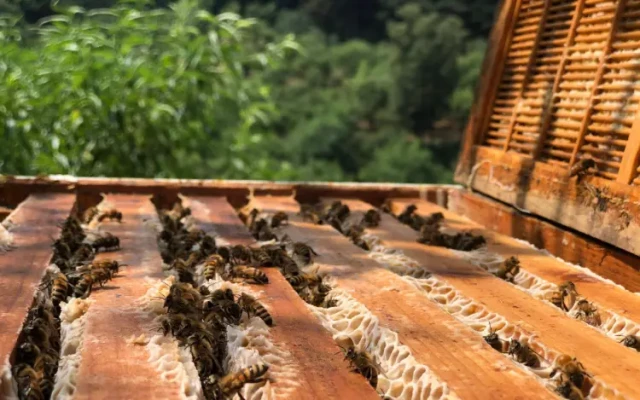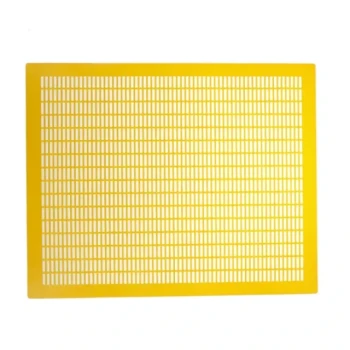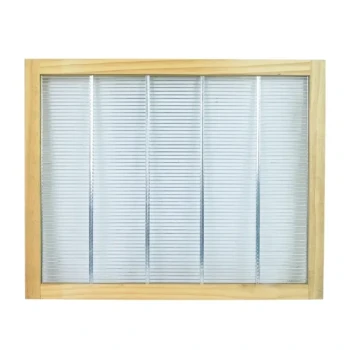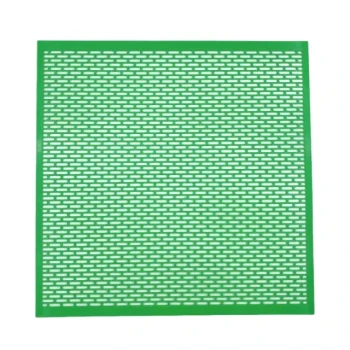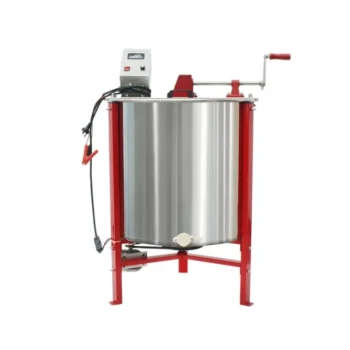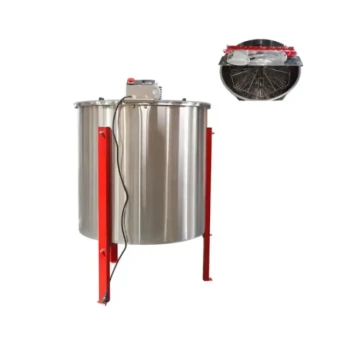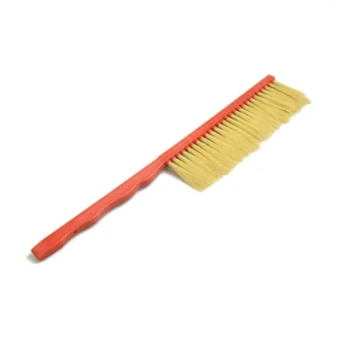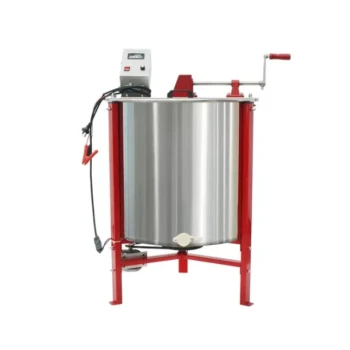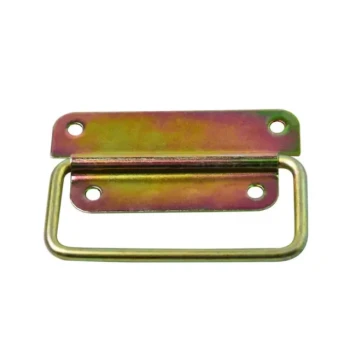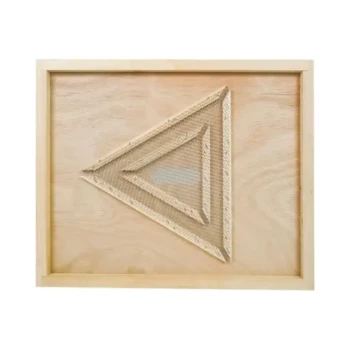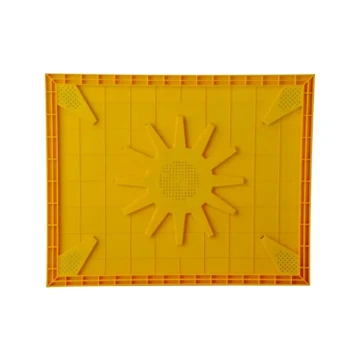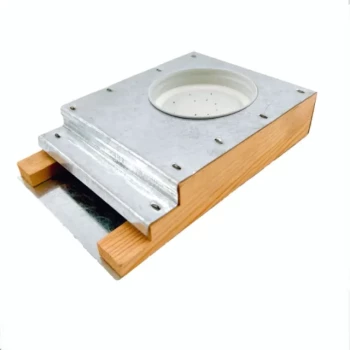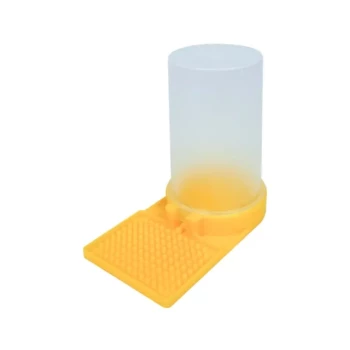For commercial beekeepers, honey integrity directly impacts marketability and profitability. Queen excluders—often debated in apiculture circles—serve as critical tools for preserving honey purity while streamlining hive management. This article examines the biochemical and economic rationale behind their use, offering actionable insights for large-scale operations.
The Role of Queen Excluders in Premium Honey Production
Queen excluders create a physical barrier that restricts the queen’s movement to brood chambers, ensuring honey supers remain free of eggs, larvae, and brood residue. This separation addresses two key challenges:
How Brood Residue Alters Honey Composition
- Pollen and pH Stability: Brood combs contain pollen, larval membranes, and other organic matter that can seep into honey. Research shows honey extracted from brood-free frames contains fewer impurities, maintaining optimal pH levels critical for shelf stability.
- Sensory Quality: Contaminants like bee feces or silk cocoons may introduce off-flavors or cloudiness, reducing sensory appeal.
Market Rejection Risks of Contaminated Frames
- Organic Certification: Buyers of organic honey routinely test for pollen levels and foreign particles. Frames with brood residue risk non-compliance, leading to rejected batches.
- Pricing Penalties: Contaminated honey often sells at discounted rates—sometimes 20–30% below premium-grade equivalents—due to additional filtration costs for buyers.
"Queen excluders enable beekeepers to produce cleaner honey with less pollen contamination while simplifying hive inspections," notes apiculture research.
Optimizing Hive Hygiene for Commercial Beekeepers
For large apiaries, efficiency and product consistency are non-negotiable. Queen excluders enhance operational workflows beyond honey purity alone.
Biochemical Contamination vs. Visual Defects
- Invisible Risks: Even visually clean honey from brood frames may contain enzymes or proteins from larval development, accelerating crystallization.
- Wax Quality: Brood-free combs yield higher-quality wax for resale, as they lack the darkening and structural weakening caused by repeated brood cycles.
Case Study: Honey Pricing in Organic Markets
A 3-year observational study of commercial apiaries found:
- Operations using excluders consistently achieved top-tier pricing in organic and specialty markets.
- Time Savings: Beekeepers reduced inspection times by ~40% by knowing the queen’s location, allowing faster honey super harvesting.
Ready to Elevate Your Honey’s Market Value?
HONESTBEE’s beekeeping equipment helps commercial producers safeguard honey integrity while scaling operations. Explore our wholesale solutions designed for apiaries prioritizing quality and efficiency.
By implementing queen excluders, beekeepers invest in both product excellence and long-term operational resilience—proving that small hive adjustments can yield outsized economic returns.
Visual Guide
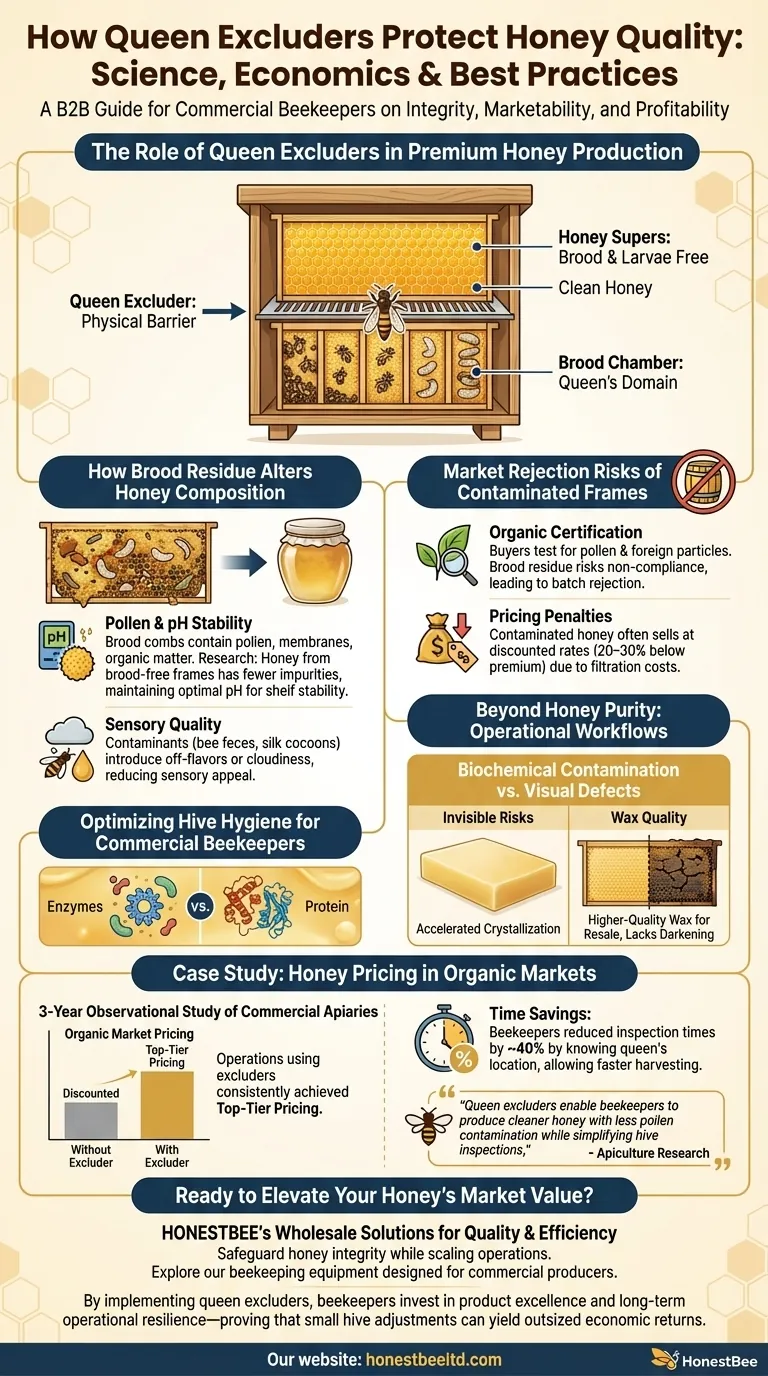
Related Products
- Professional Plastic Queen Excluder for Modern Beekeeping
- Wooden Queen Bee Excluder for Beekeeping
- Premium Wood Framed Metal Wire Queen Bee Excluder
- Metal Queen Bee Excluder for Beekeeping
- High Performance Plastic Queen Excluder for Beekeeping and Apiary Management
Related Articles
- How Queen Excluders Optimize Hive Management: A Beekeeper’s Guide
- Beyond the Gate: The Queen Excluder as a Keystone of Apiary Efficiency
- The Unseen Gatekeeper: Why Queen Excluders Are Non-Negotiable for Flow Hives
- Plastic Queen Excluders vs. Alternatives: A Beekeeper’s Guide to Smarter Hive Management
- Galvanized vs. Stainless Steel Queen Excluders: A Data-Backed Guide to Long-Term Durability and Cost Efficiency
